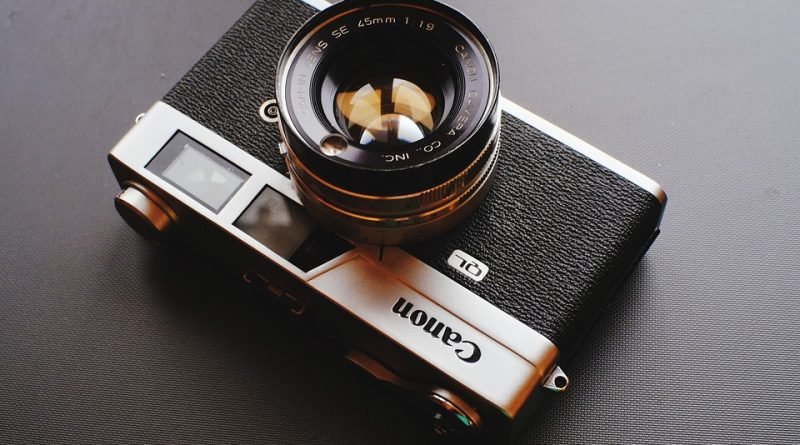Understanding Sensor Sizes: APS-C versus Full Frame
When it comes to choosing a camera, one of the key factors to consider is the sensor size. The sensor is essentially the part of the camera that captures the light entering through the lens and converts it into an image. There are two main types of sensor sizes commonly found in digital cameras: APS-C and full frame. Understanding the differences between these two sensor sizes can help you make an informed decision when purchasing a camera.
APS-C sensors are smaller than full frame sensors, measuring approximately 22.2mm x 14.8mm. These sensors are commonly found in entry-level and mid-range DSLR and mirrorless cameras. Full frame sensors, on the other hand, are larger, measuring approximately 36mm x 24mm. They are typically found in professional-grade DSLR and mirrorless cameras.
One of the key advantages of a full frame sensor is its ability to capture more light, which results in better image quality. Full frame sensors also have a shallower depth of field, allowing for more creative control over the focus of the image. Additionally, full frame cameras tend to have better low-light performance and dynamic range compared to APS-C cameras.
While full frame sensors offer superior image quality, they also come with a higher price tag. Full frame cameras tend to be more expensive than APS-C cameras, making them less accessible to beginners or hobbyists. Additionally, full frame cameras are often larger and heavier than APS-C cameras, which may not be ideal for photographers who prioritize portability.
APS-C sensors have their own advantages as well. They are smaller, lighter, and more affordable than full frame sensors, making them a popular choice for beginners and enthusiasts. APS-C cameras also have a crop factor, which effectively extends the reach of telephoto lenses, making them ideal for wildlife and sports photography.
Ultimately, the decision between APS-C and full frame sensors comes down to personal preference and budget. If image quality and low-light performance are your top priorities, a full frame camera may be the best option for you. However, if affordability and portability are more important, an APS-C camera may be a better fit.
In conclusion, understanding the differences between APS-C and full frame sensors is essential when choosing a camera. Consider your photography needs, budget, and preferences to determine which sensor size is right for you. Whether you opt for a full frame or APS-C camera, both sensor sizes have their own strengths and can produce stunning images in the hands of a skilled photographer.
